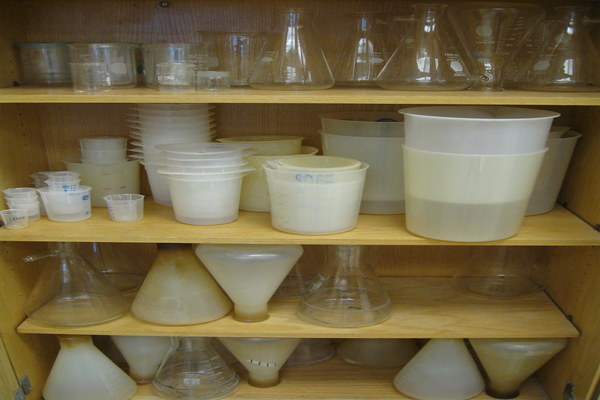You’d feel surprised to know that it only takes 7 seconds for a customer to form an impression about the product you’ve on offer. Most importantly, it takes just a fraction of that for a consumer to evaluate your product among others on the shelf.
It has often been found that customers often don’t try a product, rather judge a book by its cover, or in this case, the product by its container. Unarguably, the packaging material plays a significant role in this. Glass and plastic containers make up the vast majority of the bottles, jars, and jugs on the shelves.
Here is a list of top 3 factors that’ll help you decide which is better for packaging, glass or plastic.
Customer’s Perception Between Glass vs Plastic
Consumers perceive a difference in quality in glass and plastic. According to a 2015 study, consumers believe that food products packaged in glass had a higher level of satisfaction among the customers than the same product stored in plastic.
The simple reason is that glass offers a premium experience in the look, feel, and weight that’s often essential for luxury products like fruit juice containers, craft cold brew, and other products that need a sophisticated image for marketing.
On the contrary, glass is prone to breaking. Plastic offers durability and ease of use. It also tends to be less slippery than glass and can be easily molded into a variety of shapes and sizes, such as a neck with ergonomic finger moulds for better grip and easy handling.
The Difference in Characteristics and Chemical Compatibility
Glass offers inertness and impermeability that’s ideal for sensitive products in the pharmaceutical or personal care industries, as well as liquids that are required to be stored for long periods of time, such as spirits and other alcoholic beverages.
Glass is less permeable to carbon dioxide and oxygen when compared to plastic, and keeps products fizzy and bubbly for a longer duration. To top it all, glass remains unaffected to sudden temperature changes and doesn’t warp under pasteurization.
Needless to mention that plastic is versatile. It comes in a range of varieties like polyethylene terephthalate (PET), high-density polyethylene (HDPE), low-density polyethylene (LDPE), polypropylene (PP), and much more.
Each of the materials has unique chemical compatibility properties, temperature rating, and impact resistance. With so many options already available, it’s hard that you’ll not find a plastic product suited for your product and use.
Environment Factors and Recycling
Despite the fact that glass requires more resources and energy for production and shipping, it’s 100% recyclable. It means that every time glass is recycled, there’s no fall in the recycled product quality.
Additionally, glass can be reused as it can be easily washed and sterilized. On the other hand, plastic too can be recycled, but the recycled product’s quality falls after each cycle.
According to studies, glass makes up 5% of the garbage n the United States, meaning that even though it’s recyclable, it finds its way to the landfill. Plastic, on the other hand, contributes to 20% of garbage in a landfill. So, its quite evident that glass is more environment-friendly and easy to recycle.
So, here were 3 essential factors that you must consider while packaging your products. Let us know in the comment section if you’d like to add any. Also, let us know what you would prefer to package your product, glass or plastic, and why.
